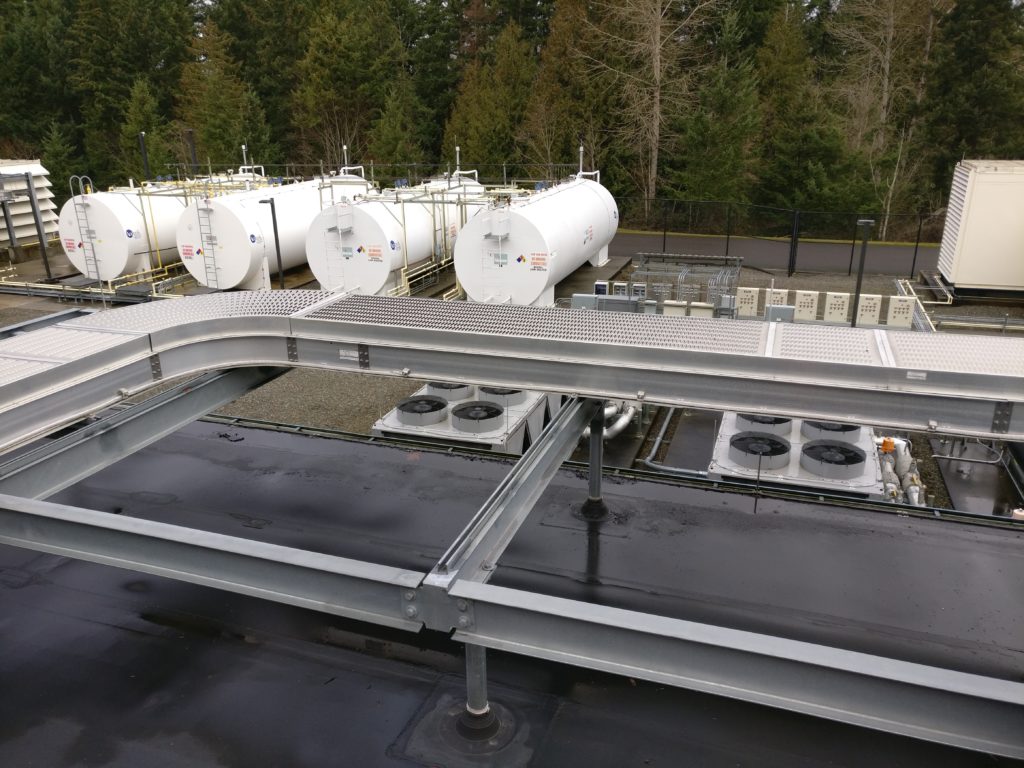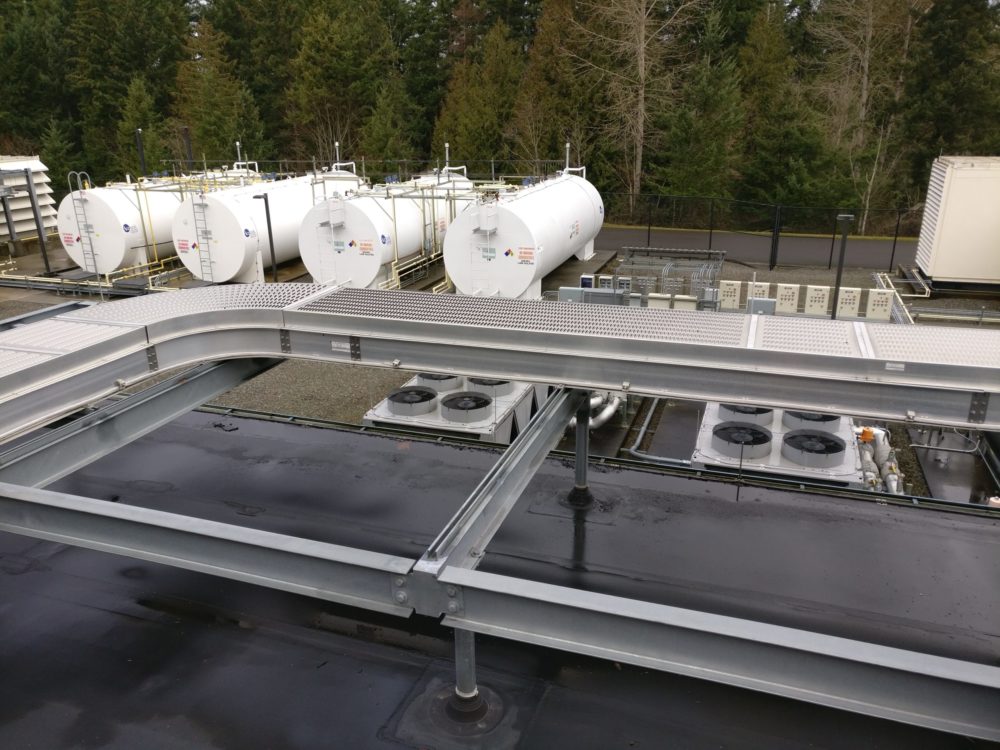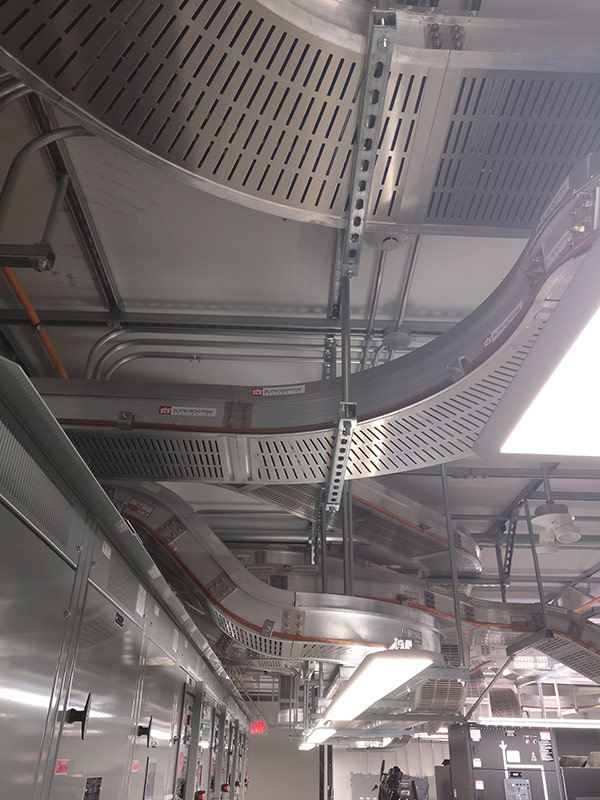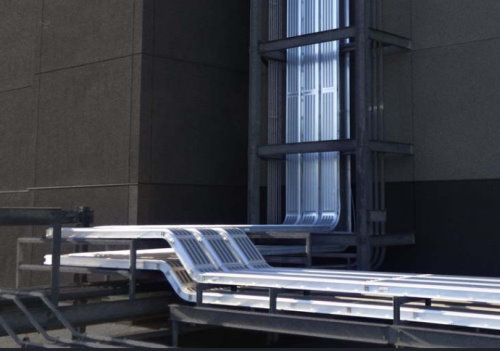Could you imagine living in 2022 without the conveniences that electric power bring to our lives? Technology aside, electric power is essential for transportation, communication, manufacturing, and production, heating, and cooling our homes. It also plays a key role in the production of the food we eat. However, have you ever taken time to ask yourself where does the electricity comes from and how it reaches your sockets and bulbs?
View Our Modular Cable Bus Power Distribution System Products
This article is for people who are eager to understand where and how electricity reaches you. The electric power distribution system is not as complicated as one would imagine – let’s look at some basic components that facilitate the transfer of power from one place to another.
Distribution Substation

When electricity is produced at a power station, it is transported to a distribution substation via pylons that are connected to the national grid. A distribution substation is located near or in a city or village. It is here that a step-down transformer is used to reduce the size of the voltage to the primary distribution level. Depending on the number of consumers relying on the current, the primary distribution voltage goes between 2.4kV and 33kV. But in most cases, the primary voltage level is usually 11kV.
Feeders
Upon being stepped down to the primary distribution voltage level, the current is then picked from a distribution substation via feeder conductors. The feeder conductors are chosen depending on the amount of current they can carry. In most cases, feeder conductors are usually made of aluminum since this is cheap and light. The amount of current carried by feeder conductors should be constant and this explains why no tapping is done from feeder conductors. From a distribution substation, electricity is taken to distribution transformers for step down.
Distribution Transformers
Also known as the service transformers, distribution transformer acts as the final transformation point in the electric power distribution system. The common 11kV current from a distribution substation is too large to feed to our houses since this can cause massive damage in terms of electric fires. This is where the distribution transformers come in; to reduce this current to amounts safe for residential consumption. Distribution transformers are used to step down large currents from a distribution substation. For a single-phase, the current is usually 230V, compared to 400V for a three-phase voltage.
Distributor Conductors
Distributor conductors are used for transporting current from distribution transformers to the service mains. At this stage, many currents are tapped from the conductors to feed different consumers along the line, and this means the current is not constant. The distribution is done according to the unique needs of different consumers; industrial and domestic uses. Industrial buildings consume larger currents for running different machinery and for this reason; they are connected to the three-phase voltage, which comes at 400V. Most homes consume the normal 230V current and are for this reason connected to the single-phase voltage.
Electric Power Distribution Via Improved Cable Bus is Our Specialty.
Service Mains Conductor
From distribution conductors, a short cable then takes the current to the nearest pole to the consumer. The role of the pole is to keep the powerlines safely away from people and to reduce the chances of very long cable sagging and becoming hazardous to the public. From the pole, the cable then goes directly to the mains at the consumer’s house. At the mains, there are circuit breakers that cut off the electric supply in case of fires. From here, electricity is then distributed to the house via copper wires until it reaches the bulbs and the sockets for lighting amongst other uses.
The nature of current transmission comes in two types; direct current, DC, and alternating current, AC. Alternating current is the most common since it is easier to transmit over long distances, as it minimizes loss of energy. This is why you see twisted aluminum overhead cables that are meant to reduce surface area and minimize energy loss. In direct current, energy losses are higher and this is not economical.
In terms of construction, there are two types of electric power distribution systems: overhead and underground. The overhead system is easier to install. However, it is prone to damage by harsh weather such as strong winds and storms. It is also susceptible to vandalism and this is something that costs power companies millions of dollars per year. The underground electric power distribution system on the other hand is not affected by winds and storms, nor is it prone to vandalism. However, it is very expensive to install and maintain.




